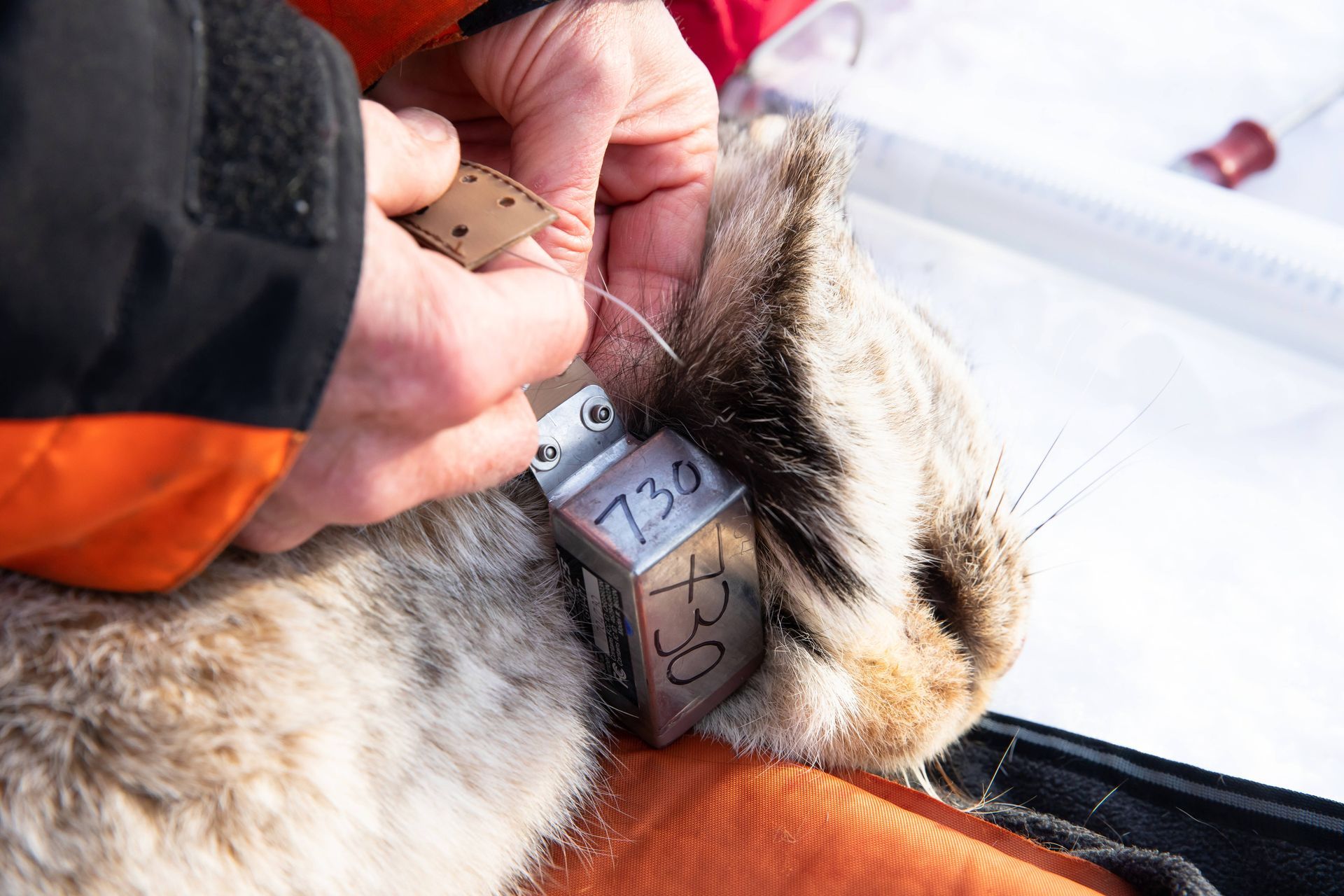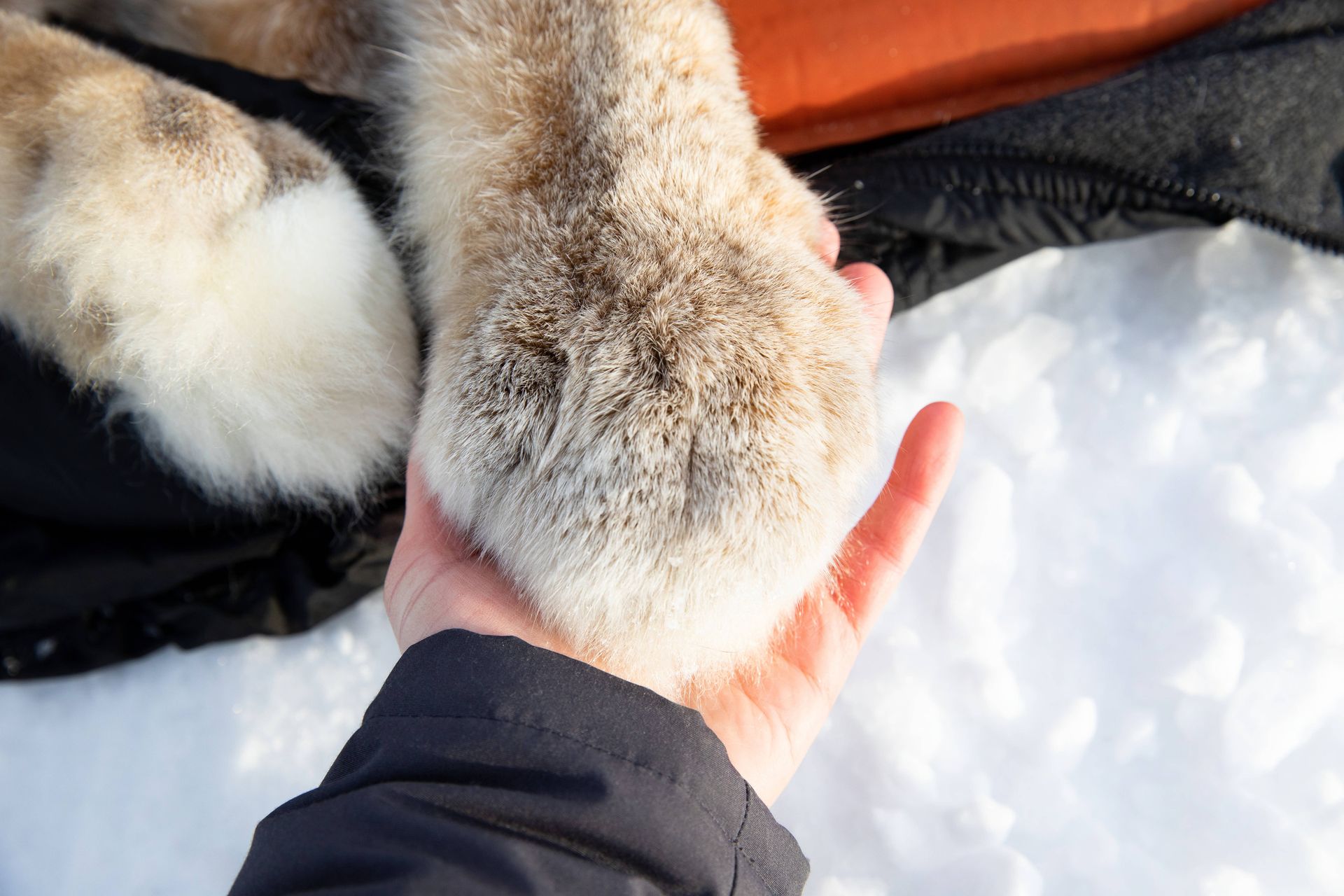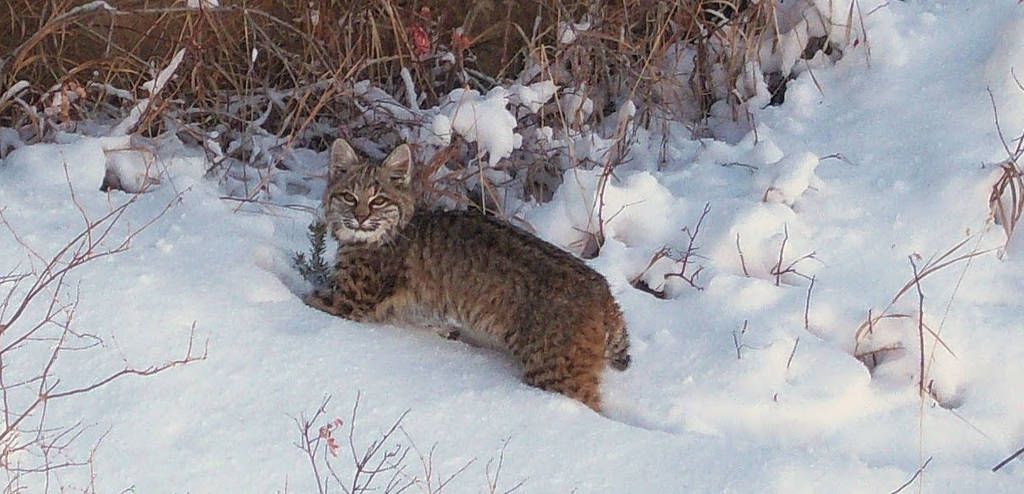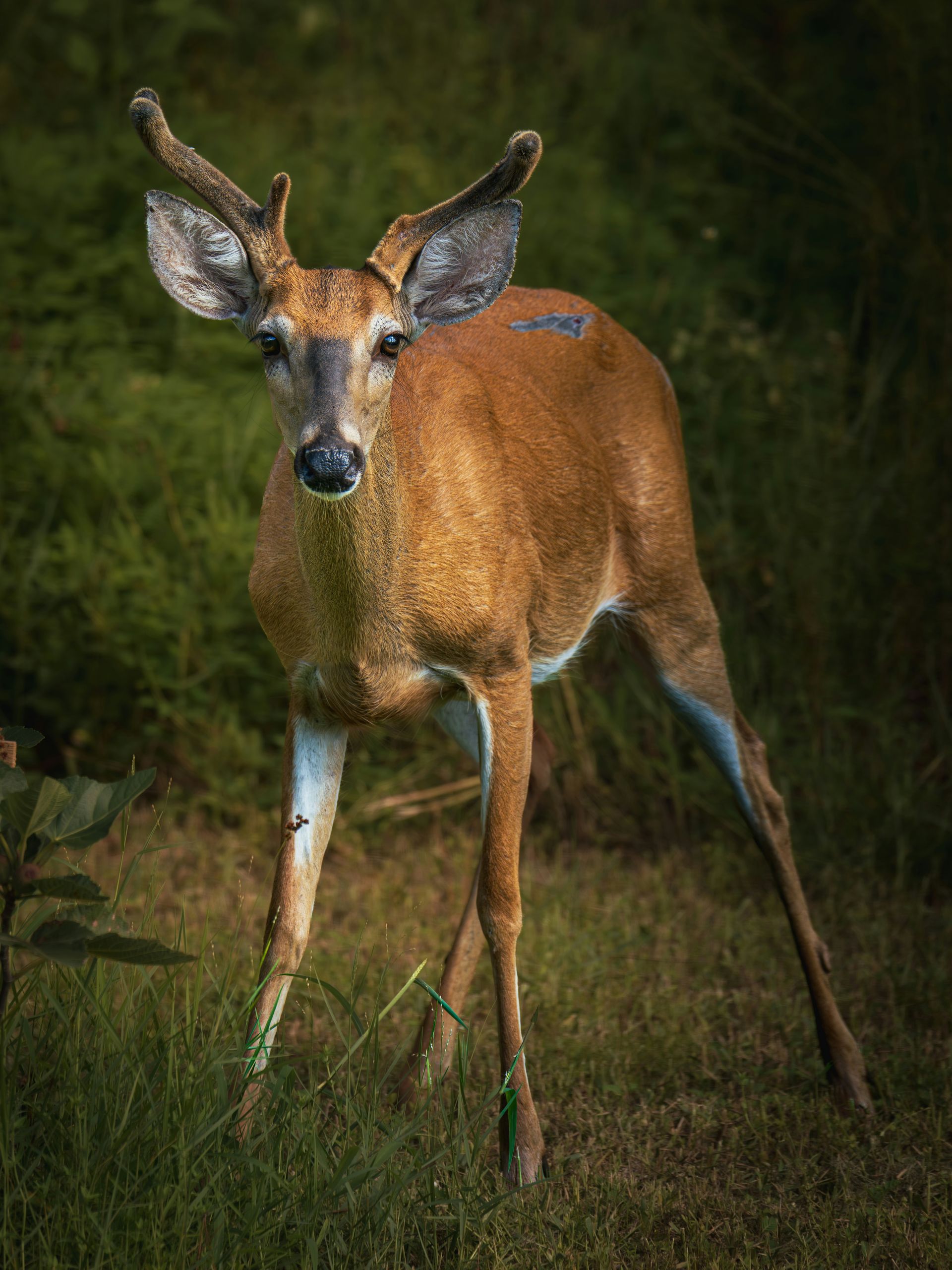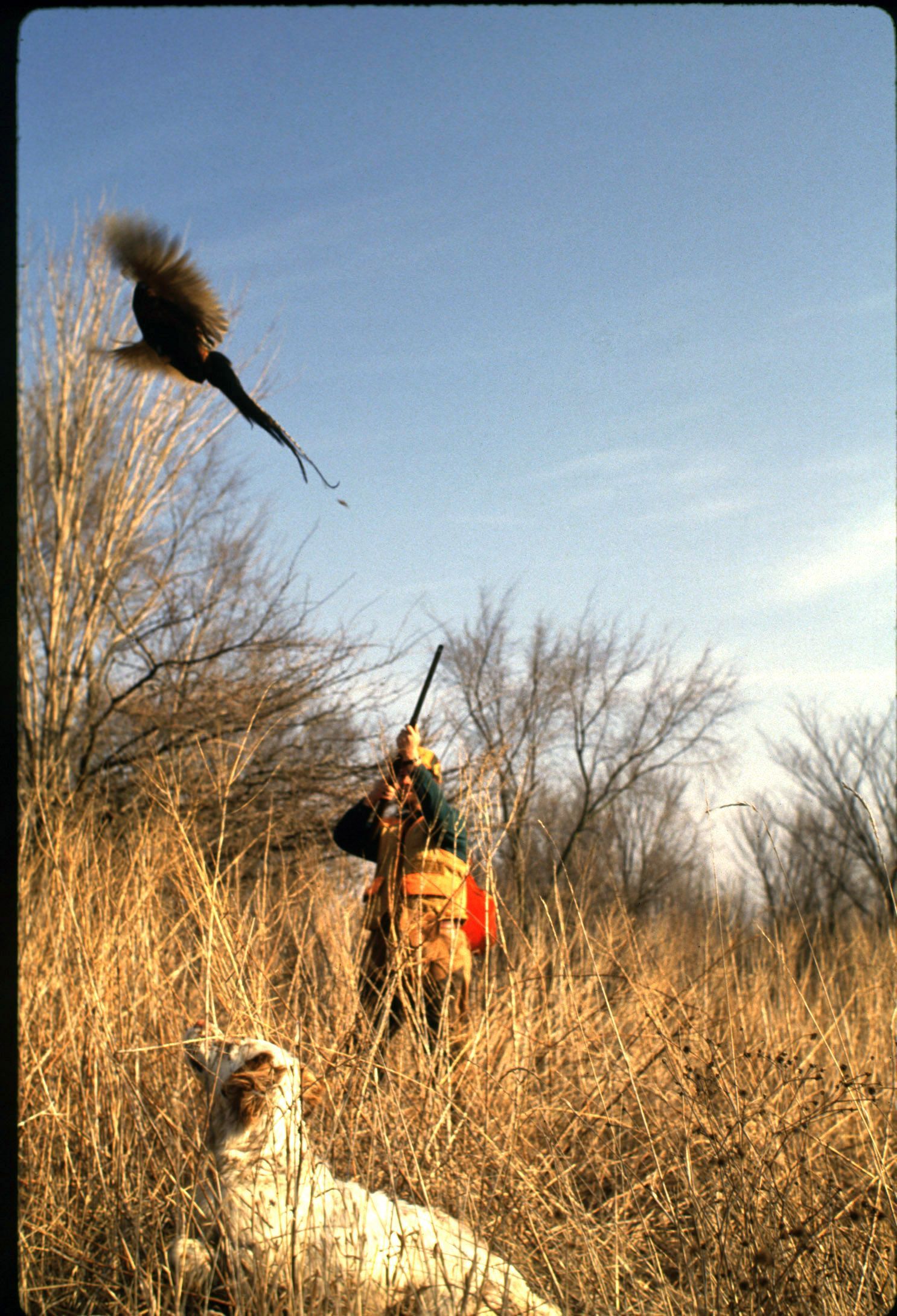Although sightings are uncommon due to being nocturnal and elusive, it is important to recognize and understand the habitat and diets of endangered species. MNFI acknowledges lynx's preference for coniferous forests (pines), however, they can also be found in second-growth forests if near their preferred habitat. Conservation efforts typically focused near these pines to promote habitat for prey species like the snowshoe hare. This predatory species plays an important role in maintaining the balance of prey to prevent overgrazing, which can limit opportunities for game species to graze. Additionally, some of the prey species, like snowshoe hares, are agricultural pests that the lynx can help control naturally. These predator-prey relationships are natural and critical for a balanced ecosystem. By removing some herbivores in an area, vegetation has an opportunity to regrow stronger for the next increase in herbivores to support a larger population temporarily. While the Canada lynx populations have been found to directly correlate with hare populations, they have also been trapped for their fur, particularly when furbearers were significant for trade.
A GPS collar being attached to a lynx to relay movements for research. Photo to the right courtesy of Lisa Hupp, USFWS.

